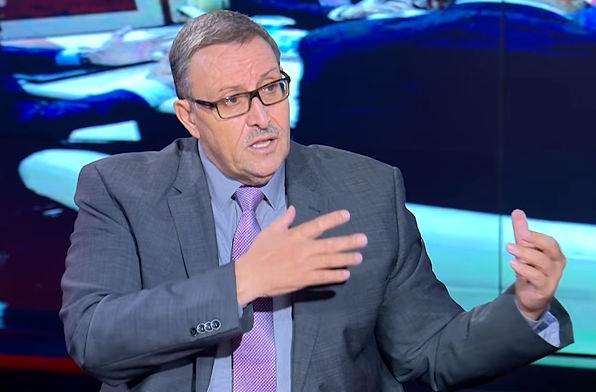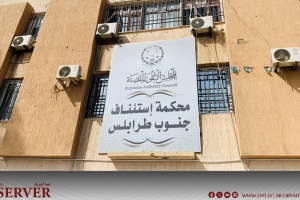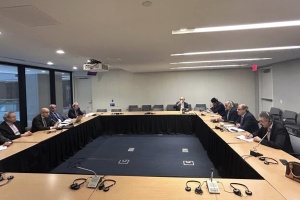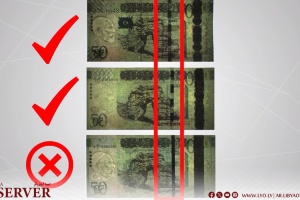The money inside Benghazi branch of Central Bank of Libya is estimated at 800 million dinars, 60 million euros and 80 million dollars
Parallel CBL Governor: Benghazi central bank’s money damaged by sewage

The Governor of the parallel Central Bank of Libya (CBL) in Al-Bayda Ali Al-Hibri, said the money which was placed at the Benghazi central bank during war in the city was damaged by sewage that broke into the bank’s building.
Talking to 218 TV Channel, Al-Hibri said that Al-Bayda CBL did not publish its budget due to the political and institutional division in Libya, adding that Benghazi bank was located in the fighting zone and then sewage made its way through to its vault damaging the money.
“Shutting down the bank network from the Tripoli CBL on the eastern region caused problems in financial and banking transactions.” Al-Hibri added.
Controversial as it is, Al-Hibri’s statement did not go unnoticed as bank and financial experts considered it as a cover-up for stealing the money as the vault is usually by design well-locked and waterproof.
Around December 15, 2017, reports by pro-Dignity Operation outlets said huge sums of money Libyan dinar and foreign currency (800 million dinars, 60 million euros and 80 million dollars) were found in Benghazi bank after Haftar-led forced had entered it. No clear reports about whether the money went to the CBL in Al-Bayda or to Haftar’s General Command in Rajama.
At the time, Presidential Council’s Minister of Finance Osama Hamad urged Tripoli CBL’s Governor Al-Sidiq Al-Kabeer to investigate the robbery of the money and gold at the Benghazi central bank, shouldering him responsibility before all Libyans to reveal the whereabouts of those sums and the gold.
Libya’s CBL has been split for over four years as the House of Representatives in Torbuk recognizes Al-Bayda based one while the Presidential Council in Tripoli recognizes the internationally-recognized CBL in the capital, thus leading to setbacks in Libya’s economy, including devaluation of the dinar.







